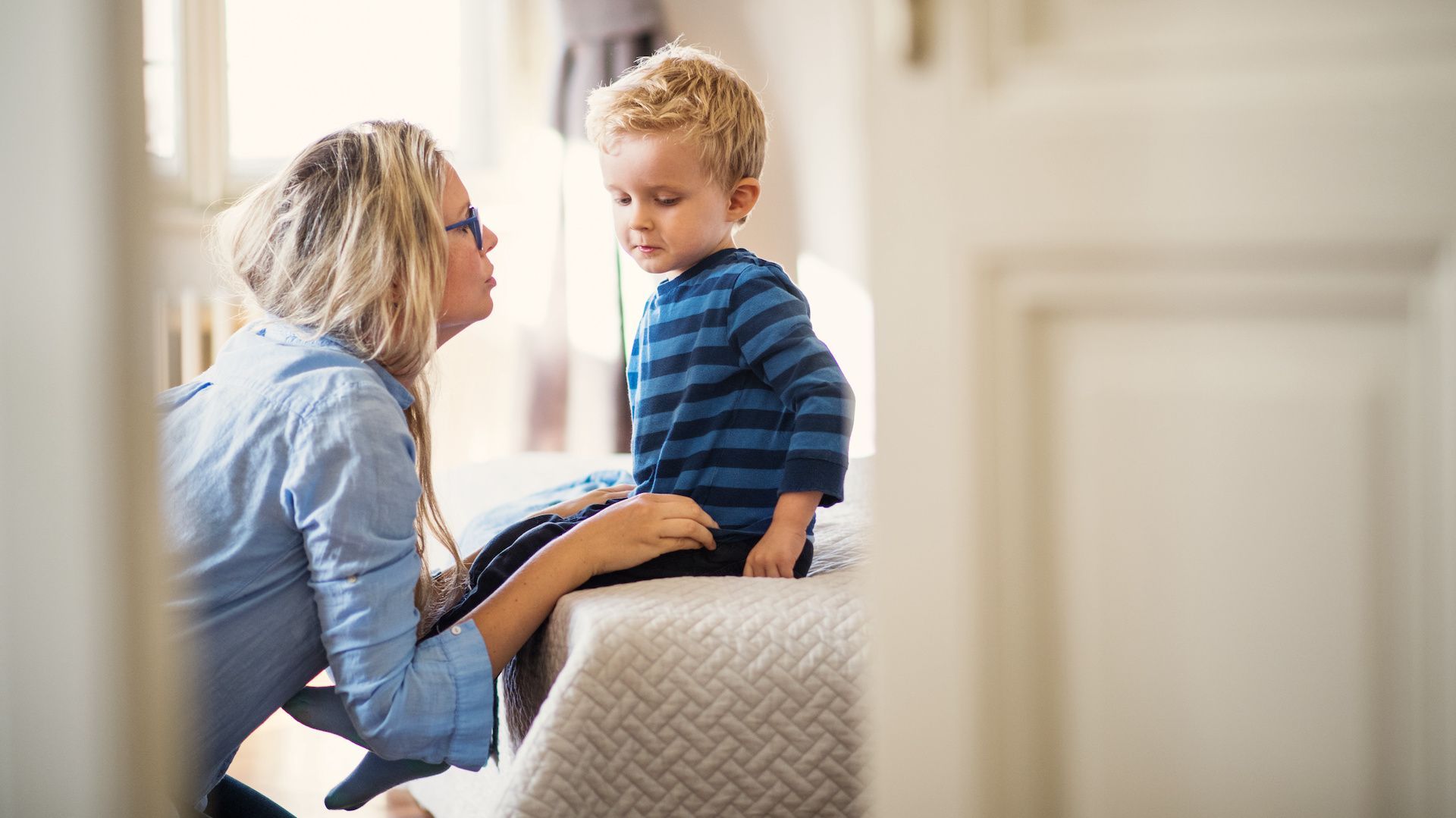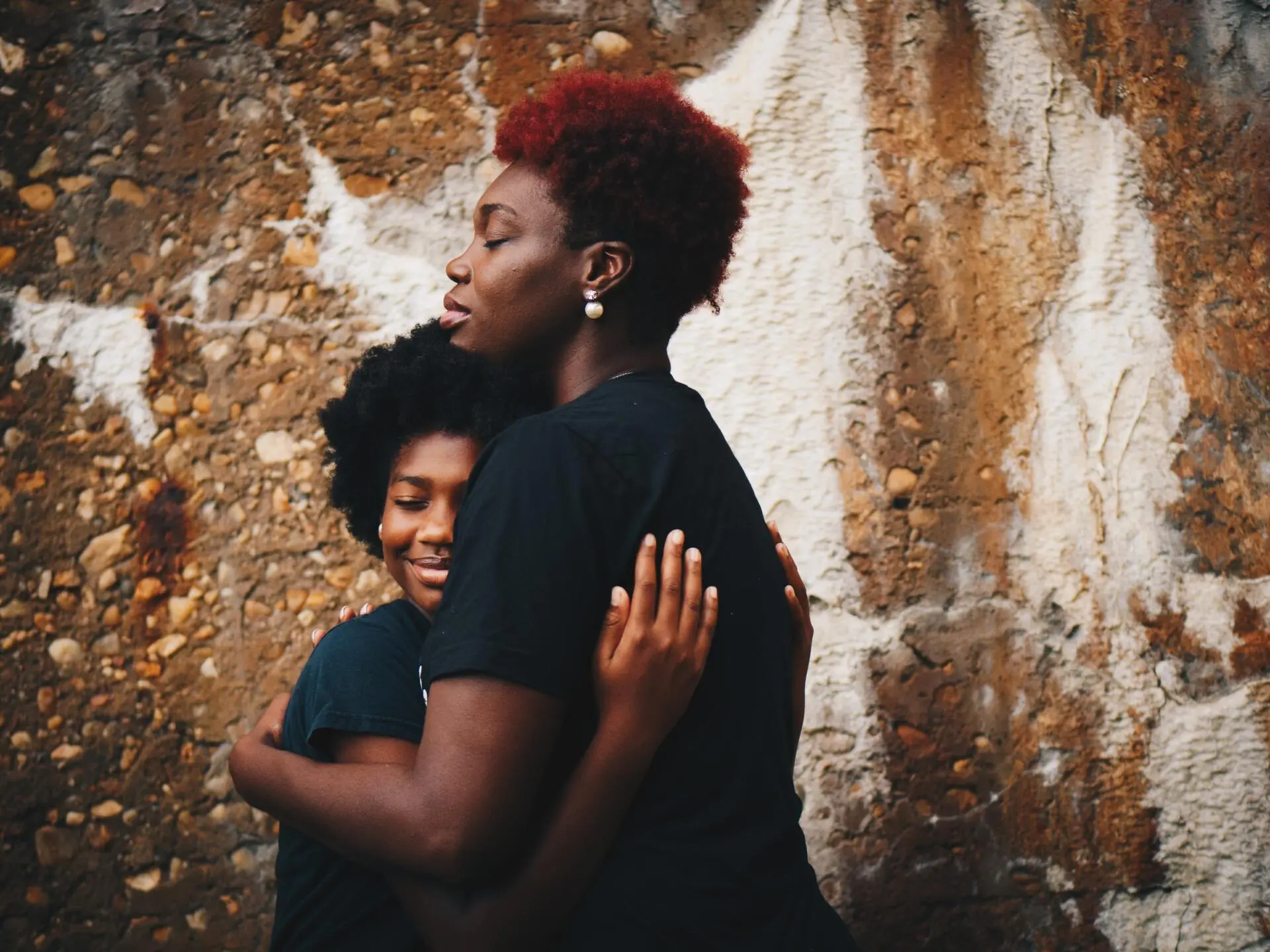How to Teach Kids About Nervous System Regulation

How to Teach Kids About Nervous System Regulation
Every parent wants their child to grow up emotionally healthy, self-aware, and resilient.
But those qualities don’t magically appear.
They’re built, step by step, through experiences that help children feel safe in their bodies and connected to their emotions. One of the most powerful ways we can support this development is by teaching children about their nervous system.
Why Nervous System Education Matters for Kids
When we teach kids how their bodies and brains respond to stress, we're giving them agency. A child who understands what’s happening inside them when they feel overwhelmed is better equipped to respond with curiosity instead of fear, and eventually, regulation instead of reactivity.
Understanding the nervous system gives children the language to describe their inner world. Instead of saying,
“I’m being bad,” they learn to say, “I think I’m feeling…”
Instead of shutting down, they begin to name what they feel. This shift is
the foundation of emotional resilience.
The Link Between Regulation and Emotional Resilience
A regulated nervous system helps children think clearly, make decisions, and feel safe enough to connect with others. When children understand how to move from a state of stress (fight, flight, or freeze) into a state of calm, they build confidence in their ability to handle life’s challenges.
And here's the magic: emotional resilience isn't just about bouncing back. It's about knowing what’s happening inside, asking for help when needed, and trusting that big feelings are not dangerous, they’re just signals.
Benefits of Early Education on Self-Regulation
The earlier children learn about their nervous system, the more naturally they
develop self-regulation as a life skill. Some of the natural results include:
- Fewer meltdowns: Kids gain tools to manage big emotions constructively.
- Deeper empathy: They begin to understand others’ feelings and reactions.
- Better focus: A regulated body supports clear thinking and learning.
- Lasting resilience: These skills stay with them for life.
Simple Explanations for Complex Concepts
You don’t need to be a neuroscientist to teach nervous system science to your child. What matters most is keeping it simple, visual, and rooted in everyday experiences.
How to Explain Fight, Flight, and Freeze to Children
Start by giving each nervous system state a name and color. At the Jai Institute, we refer to the polyvagal ladder:
- Green Pathway (Safe & Social): “This is when you feel calm, playful, and ready to learn.”
- Red Pathway (Fight or Flight): “This is when your body gets ready to run or fight—like when you’re scared, mad, or too excited.”
- Blue Pathway (Freeze or Shutdown): “This is when your body feels like giving up, hiding, or going quiet because it’s too much.”
You might say:
“Your nervous system is like a superhero suit. It helps protect you and tells you when you're safe or when something feels off. But sometimes, it gets confused and thinks something small is dangerous. That’s okay. We can help it feel safe again.”
Using Age-Appropriate Language and Stories
With younger kids, use metaphors:
- “Your body is like a thermometer.” Help them build their own “thermometer” chart with five levels: from calm green to explosive white.
- “Your feelings are like waves.” Teach them that big feelings rise, peak, and pass, and that they can learn to surf those waves with practice.
With older kids, you can introduce terms like "nervous system," "triggered," or "fight-or-flight," but always follow with concrete examples from daily life. For instance:
“Remember when your sister took your toy and you yelled? That might have been your nervous system kicking into fight or flight.”
Exercises to Help Kids Practice Self-Regulation
Progressive Muscle Relaxation for Kids
This practice helps children become aware of tension in their bodies and learn how to release it.
Try this script at bedtime:
“Let’s play the spaghetti game. First, we’re stiff dry spaghetti. Squeeze your fists…tight…tight…now let go. Now your arms, squeeze them tight…then melt like soft spaghetti. Let’s do our legs. Now your face, make a silly scrunch!”
Making it playful and silly keeps it engaging while subtly teaching body awareness and relaxation.
Guided Visualization and Imagery
Guided imagery activates the social engagement system and brings children into the green zone of calm and connection.
You might say:
“Close your eyes. Imagine a big soft blanket wrapping you up like a burrito. You’re warm, cozy, and safe. Or imagine you’re floating in a peaceful pond, with the sun shining and the birds singing.”
You can create your own stories or use recordings designed for kids. These moments, especially at transitions like bedtime, help wire the brain for calm.
How Nervous System Awareness Builds Resilience
The
long-term benefit of teaching nervous system awareness is emotional resilience, the ability to ride life’s waves with strength, flexibility, and compassion.
Creating Safe Spaces for Emotional Expression
A child who feels safe expressing anger, fear, sadness, or joy learns that none of their emotions are “too much.” Create this safety by:
- Offering calm presence, not solutions, when your child is upset.
- Saying, “It’s okay to feel this. I’m here.”
- Using the HARBOR approach: Hold space, Accept, be low and slow, Breathe, Offer safety, and Remind your child you’re here.
Encouraging Healthy Coping Mechanisms
Children don’t just need to calm down. They need tools to get there. Support them in discovering their unique sensory needs. Do they like:
- Swinging, bouncing, running?
- Chewing crunchy snacks?
- Snuggling with a weighted blanket?
- Listening to nature sounds or humming?
Every child is different. What calms one might irritate another. Encourage curiosity:
“Let’s figure out what helps your body feel calm and safe.”
Where Growth Begins
When we help children understand their nervous system, we offer them a gift: the ability to make sense of their inner world. We show them that big feelings aren’t something to fear or fix, they’re signals. And with support, those signals can guide them back to calm, connection, and choice.
As we guide our children, we often find ourselves growing alongside them. Regulation isn’t a milestone to reach; it’s a practice we return to, again and again. With each moment of presence, each breath, each repair, we’re building something lasting: emotional resilience, rooted in safety and love.
Ready to Go Deeper?
We can’t teach our kids to stay calm if we haven’t learned how to do it ourselves. Nervous system regulation starts with us. If you’re ready to better understand your own reactions—and model the calm you want your child to feel—start with our free mini-course, The Science of Staying Calm.
You’ll learn the core nervous system concepts every parent needs to know, and walk away with simple, powerful tools you can use right away.
Access The Science of Staying Calm for free now.
Because when we learn to lead ourselves, our kids learn to follow with trust.
Meet Your Author, Kiva Schuler
Jai Founder and CEO
Kiva’s passion for parenting stemmed from her own childhood experiences of neglect and trauma. Like many of her generation, she had a front row seat to witnessing what she did not want for her own children. And in many ways, Jai is the fulfillment of a promise that she made to herself when she was 16 years old… that when she had children of her own, she would learn to parent them with compassion, consistency and communication.
Kiva is a serial entrepreneur, and has been the marketer behind many transformational brands. Passionate about bringing authenticity and integrity to marketing and sales, she’s a sought after mentor, speaker and coach.
Share This Article:
Curious for more?














